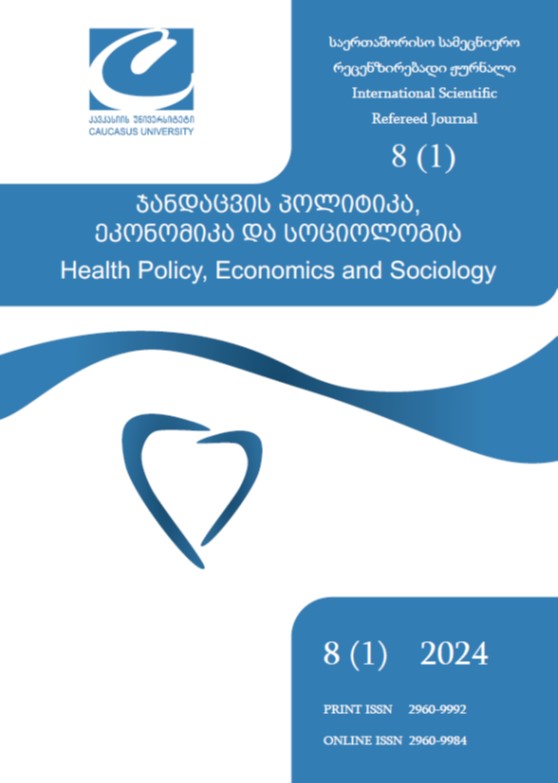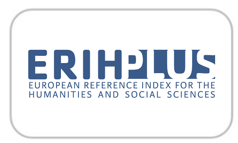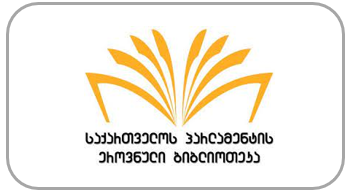Impact study of smartphones on the sleep cycle of students in Georgia
DOI:
https://doi.org/10.52340/healthecosoc.2024.08.01.06საკვანძო სიტყვები:
Pittsburgh Sleep Quality Index, Sleep Quality, Smart Phonesანოტაცია
The dawn of the 21st century heralded a new era where the traditional desktop computers, and pagers, became obsolete and smartphones became ubiquitous around the world. Everybody jumped into the tech bandwagon and each one started to get one phone for themselves according to their predilections. The rise of YouTube, Facebook, WhatsApp, and later followed by TikTok, and Instagram all happened during this time. The internet suddenly boomed with various types of content and people began consuming it. This eventually led to the concomitant increase in screen time and desk-bound behaviour. Insomnia, Sleeplessness, and various other disorders have been on the rise. The goal of the study is to investigate how young people use technology, including how much time they spend using it, why they do it, and how it affects their lifestyle. The detrimental effects of blue light on our eyes and brain are what we are focusing on in this report. In this study, we have used non-probability sampling and distributed structured questionnaires to collate data on the deleterious impact of smartphones on the sleep cycle of students. The results are evaluated considering the most recent theories, and future implications are noted.
წყაროები
Abedalqader, F., Alhuarrat, M. A., Ibrahim, G., Taha, F., Tamimi, A. A., Shukur, M., & Elmoselhi, A. (2019). The correlation between smart device usage & sleep quality among UAE residents. Sleep Medicine, 63, 18–23. https://doi.org/10.1016/j.sleep.2019.04.017.
Carter, B., Rees, P., Hale, L., Bhattacharjee, D., & Paradkar, M. (2016). Association between Portable Screen-Based Media Device access or use and sleep outcomes. JAMA Pediatrics, 170(12), 1202. https://doi.org/10.1001/jamapediatrics.2016.2341.
Cox, R. C., & Olatunji, B. O. (2016). A systematic review of sleep disturbance in anxiety and related disorders. Journal of Anxiety Disorders, 37, 104–129. https://doi.org/10.1016/j.janxdis.2015.12.001.
Crowley, S. J., Cain, S. W., Burns, A. C., Acebo, C., & Carskadon, M. A. (2015). Increased Sensitivity of the Circadian System to Light in Early/Mid-Puberty. The Journal of clinical endocrinology and metabolism, 100(11), 4067–4073. https://doi.org/10.1210/jc.2015-2775.
Exelmans, L., & Van Den Bulck, J. (2016). Bedtime mobile phone use and sleep in adults. Social Science & Medicine, 148, 93–101. https://doi.org/10.1016/j.socscimed.2015.11.037.
Higuchi, S., Motohashi, Y., Liu, Y., Ahara, M., & Kaneko, Y. (2003). Effects of VDT tasks with a bright display at night on melatonin, core temperature, heart rate, and sleepiness. Journal of Applied Physiology, 94(5), 1773–1776. https://doi.org/10.1152/japplphysiol.00616.2002.
Hysing, M., Pallesen, S., Stormark, K. M., Jakobsen, R., Lundervold, A. J., & Sivertsen, B. (2015). Sleep and use of electronic devices in adolescence: results from a large population-based study. BMJ Open, 5(1), e006748. https://doi.org/10.1136/bmjopen-2014-00674.
Kim, S. Y., Han, S. S., Park, E. J., Yoo, H., Park, D. S., Suh, S., & Shin, Y. (2020). The relationship between smartphone overuse and sleep in younger children: a prospective cohort study. Journal of Clinical Sleep Medicine, 16(7), 1133–1139. https://doi.org/10.5664/jcsm.8446.
Kulkarni, D. P., Kural, S., & Naidu, L. V. R. (2019). Smart phone use and sleep disturbances, depression and anxiety in adolescents. Public Health Review: International Journal of Public Health Research, 6(2), 61–67. https://doi.org/10.17511/ijphr.2019.i2.03.
Lund, L., Sølvhøj, I. N., Danielsen, D., & Andersen, S. (2021). Electronic media use and sleep in children and adolescents in western countries: a systematic review. BMC Public Health, 21(1). https://doi.org/10.1186/s12889-021-11640-9.
Moulin, K. L., & Chung, C. (2016). Technology Trumping sleep: Impact of electronic media and sleep in late adolescent students. Journal of Education and Learning, 6(1), 294. https://doi.org/10.5539/jel.v6n1p294.
Munezawa, T., Kaneita, Y., Osaki, Y., Kanda, H., Minowa, M., Suzuki, K., Higuchi, S., Mori, J., Yamamoto, R., & Ohida, T. (2011). The Association between Use of Mobile Phones after Lights Out and Sleep Disturbances among Japanese Adolescents: A Nationwide Cross-Sectional Survey. Sleep, 34(8), 1013–1020. https://doi.org/10.5665/sleep.1152.
Pittsburgh Sleep Quality Index | Center for Sleep and Circadian Science. (n.d.). Retrieved from https://sleep.pitt.edu/psqi/.
Rideout, V., & Robb, M. B. (2018). Social media, social life: Teens reveal their experiences. San Francisco, CA: Common Sense Media.
Şahin, S., Özdemir, K., Ünsal, A., & Temiz, N. (2013). Evaluation of mobile phone addiction level and sleep quality in university students. Pakistan Journal of Medical Sciences, 29(4). https://doi.org/10.12669/pjms.294.3686.
Schweizer, A., Berchtold, A., Barrense-Dias, Y., Akré, C., & Surı́S, J. (2016). Adolescents with smartphone sleep less than their peers. European Journal of Pediatrics, 176(1), 131–136. https://doi.org/10.1007/s00431-016-2823-6.
Sharma, S., & Kavuru, M. S. (2010). Sleep and Metabolism: An Overview. International Journal of Endocrinology, 2010, 1–12. https://doi.org/10.1155/2010/270832.
Sinha, S., Dhooria, S., Sasi, A., Tomer, A., Thejeswar, N., Kumar, S., Gupta, G., Pandey, R., Behera, D., Mohan, A., & Sharma, S. (2022). A study on the effect of mobile phone use on sleep. Indian Journal of Medical Research. https://doi.org/10.4103/ijmr.ijmr_2221_21.














